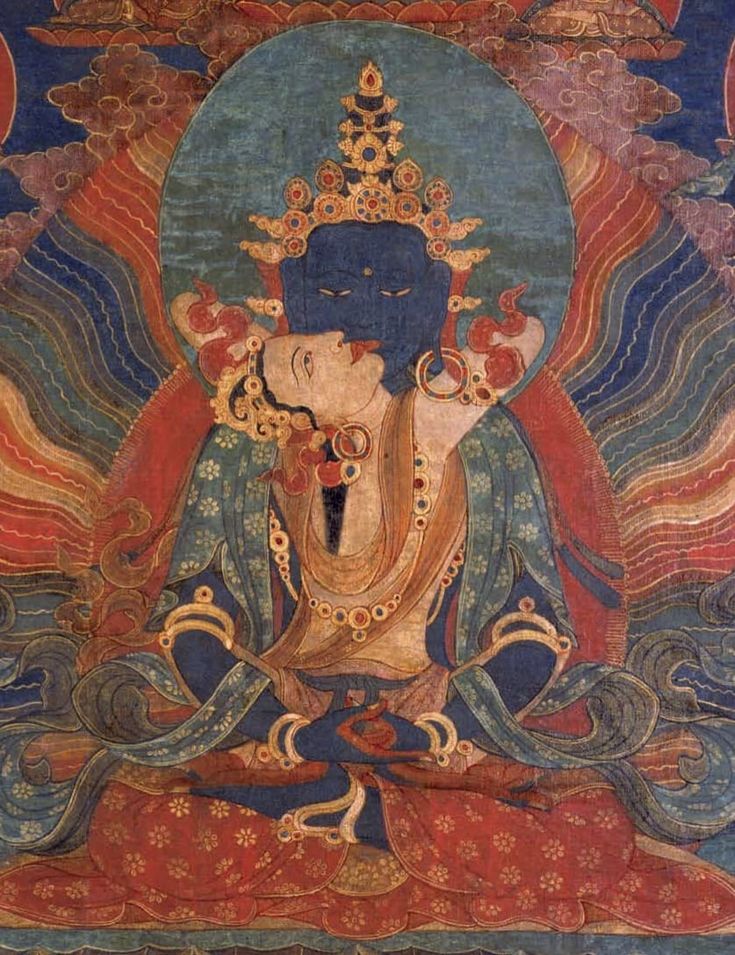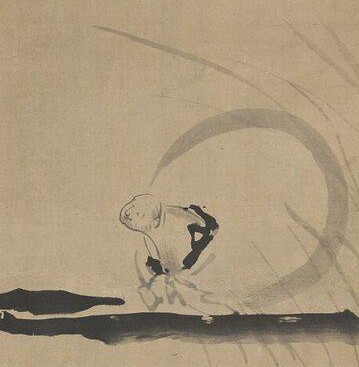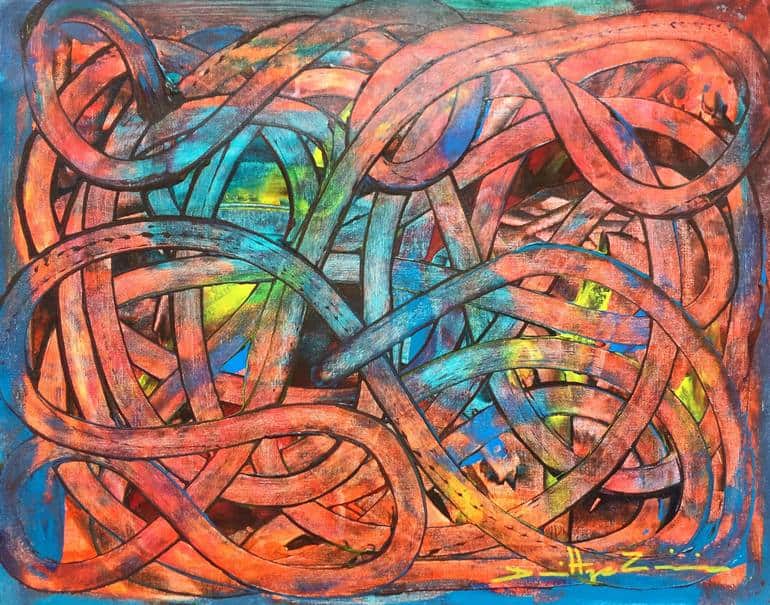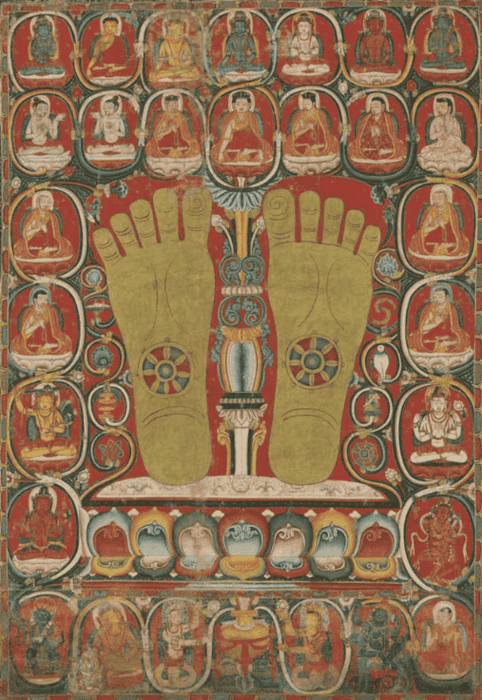In a sense, what distinguishes the three types of Compassion that Gampopa sets out in ‘Jewel Ornament of Liberation’ is the development and level of our Compassion and our Wisdom.
With the first, Compassion with reference to Sentient Beings, we see beings suffering, and we feel a response to that suffering which is our compassion. At this level, we tend to suffer ourselves with that response. We see them suffer and tend to get attached to taking that suffering away.
With Compassion with Dharma as objects, we again see other beings
suffering, but this time we no longer suffer ourselves as a result, even though we may not be able to directly relieve our suffering. We understand something of the nature of things, of dependent origination, of suffering, and the cause of suffering, and therefore can help in a less ‘sticky’ or attached fashion. We are less attached to our ignorant ideas of how things are, and less attached to ‘making things right’. We are able to help more, and let go.

At the level of Compassion without Reference Point, we no longer see things as solid and permanent as we would ordinarily have done. As a result of our developing practice, we see that these beings we have before us are actually all manner of sizes, shapes, colours, smells, etc, arising in our minds. We see that we don’t really know where these sensations arise from, nor where they go to. We see that we cannot place or grasp any of those sensations, let alone the ‘person’ that we assume we see before us. Life begins to take on something of the nature of a dream, rather than the seemingly self-existent solid drama that is somehow ‘out there’.
As we begin to see the play of our minds, we become less attached to our ignorant views of what we believe to be actually existent.
As we ourselves begin to loosen the bonds of our suffering, through no longer grasping at our deluded understanding of appearances, we notice how those around us make the same mistakes as we have continually done. We see how they cause there own suffering, through believing in the permanence and solidity of the world, and wanting/not wanting all that passes through it.
As a result of our newly found tendency to let go of this grasping, and causing of our own suffering, we see how they too could let go of causing their own suffering. We see how easy it is, in a sense, to not cause suffering for themselves. Even though this ability has been very hard won for ourselves, and we know full well how easily we lose this ability, we also see how easy it is to not cause self-suffering. It’s easy in the sense that in a moment, just one moment, we can either give rise to attachment, or we can just let go. It’s just a choice in one moment.
So at one and the same time, we hold a lighter grasp on life, through not grasping at experience as though it was solid, real, and self-existing. And yet we clearly see the suffering of those before us, self-caused suffering, and the natural desire to help them arises.
We see no-one before us, just dreamlike mere appearances, yet we feel strongly compelled to help others to loosen the bonds of suffering, just as we’ve loosened them.
We we hold these two things, the ultimate and the relative, the view of the dreamlike nature of things, yet the compassionate desire to help dreamlike beings be free of their suffering, then we tend not to suffer ourselves through this compassion.
This is the sense in which I believe Gampopa sets out this classification of Compassion. When we fully believe in the fixed selfhood of ourselves and of others, then we suffer through our compassion. When we see things as they are, with a direct apprehension of appearance and emptiness, then we feel the strongest urges to help relieve that suffering, yet that doesn’t become the cause of suffering for ourself.
In those moments, we simply do what needs to be done, without rigid conceptualisation, without attempting to force things, but just a simple outpouring of spontaneous action, with no thought of self or other.
Seeing phenomenon for what they are, we act with compassion, naturally, and most effectively.




